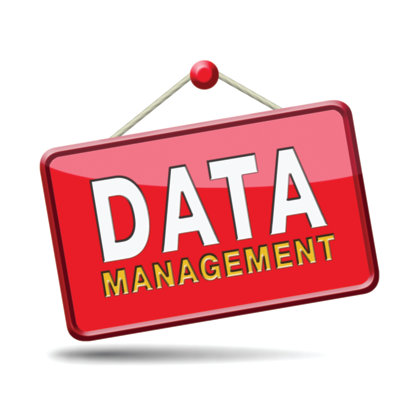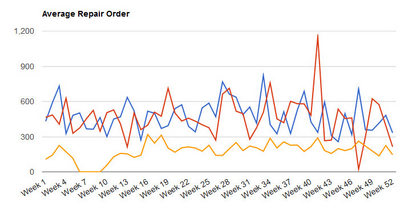
GET THE MOST OUT OF YOUR SHOP’S POINT-OF-SALE SOFTWARE
Choosing shop management and point-of-sale software is a bit like buying a vehicle. The sheer number of makes and models available can be intimidating for a shop looking to get started or change to a new system.
So, how do you choose between the different makes and models? Perhaps a better question is: what can you do to get the most out of the shop management software you already have (or are considering)?

Mark It Up
One of the easiest and most important things to do to get the most out of your shop management software is to use the parts markup matrix. No matter what your shop software calls it, this is where you set the markup for a particular cost or type. Whether you set percentages or a multiplier doesn’t matter, as long as you’re using it to control your parts gross profit. Since this is one of the easiest numbers to control in your shop, and one of the most important numbers for keeping the lights on, being able to set this (and then actually setting it) is critical for getting the most out of your shop software.
Check Your Numbers — Every Day
Besides your parts gross profit, there is no shortage of significant shop numbers that you should be looking at every day (or night) to make sure you’re on the right track. In other words, if you don’t keep score, you won’t know if you’re winning.
Shop software won’t generally tell you what’s wrong or how to fix it, but it can help you spot problems long before your accountant crunches the numbers at the end of the month.
You won’t see that average repair order trending down for weeks and months if you’re not taking the time to track each and every day.

Pay Attention To The Details
Of course, you can really only dig in if you actually use your shop software the way it’s intended. Taking a shortcut — like neglecting to assign technicians to a ticket — may not seem major at the time, but skipping these critical steps can really hinder your ability to understand how your shop is performing.
Another way to use your shop software to the fullest is by tracking your marketing efforts. If you don’t track which coupon you’re getting back from which mailer, you won’t be able to replicate your success.
Perhaps the most underappreciated feature in any shop software is the ability to export the data so you and your bookkeeper can dig in and learn even more about your shop’s performance — good and bad. If you’re limited to only what the software developer thought would be useful tools, there will almost certainly come a day when you’ll want more.
Whether you’re looking for in-depth attrition information so you can see where your best customers are going, or looking to groom an email list for a customer newsletter, shop management software that doesn’t let you export the data easily will hinder your ability to really understand your shop and create great marketing campaigns.
No shop software is the complete package, however. Questions like “How effective are my service writers?” aren’t easily answered by any point-of-sale system, and, at the end of the day, it’s up to you to find the issues and then train your team to fix them. This is why perhaps the most important feature of any shop management software is that it’s easy enough for you to use and apply every day.
If you avoid reports because they’re hard to read or understand, you’ll never be able to make improvements. When that happens, you fall into the trap of waiting until the month is over to get the report back from the accountant. By then, it’s too late to act — the money has already been lost; the customers have already been burned.

